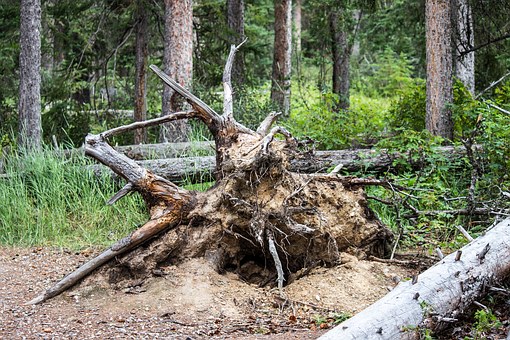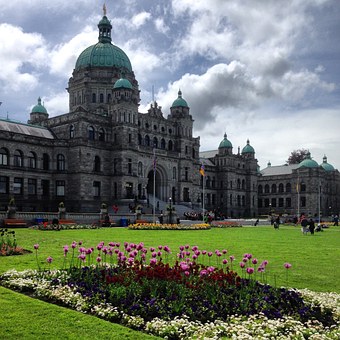Minnesota Tours: A Lake Superior History

Minnesota Tours: A Lake Superior History
Minnesota Tours: A Lake Superior HistoryThe Split Rock Lighthouse is part of the Minnesota Tour of the North Shore. Check out our MN Tours online at Open Road Adventures.
You can check out our free podcasts, includingLake Superiorat theMinnesota Travel Podcast.

Lake Superior
Rudyard Kipling once said of Lake Superior "There is a quiet horror about the Great Lakes which grows as one revisits them. Fresh water has no right or call to dip over the horizon, pulling down and pushing up the hulls of big steamers, no right to tread the slow, deep sea dance-step between wrinkled cliffs; nor to roar in on weed and sand beaches between vast headlands that run out for leagues into bays and sea fog. Lake Superior engulfs and wrecks and drives ashore like a fully accredited ocean--a hideous thing to find in the heart of a continent."
Kipling was astonished when he first laid eyes on Lake Superior because as he so eloquently stated, it has the characteristics of a sea more than a lake. It's nearly impossible to understand the massive ocean-like expanse of Lake Superior without actually being there.
Superior is the largest body of fresh water in the world by surface area, covering 31,700 square miles, roughly the size of Maine. It's the largest and the deepest of the Great Lakes with an average depth of nearly 500 feet. The volume of water in Lake Superior is greater than that of the 4 other Great Lakes combined, plus 3 more the size of Lake Erie. This translates to about 10% of the world's fresh surface water, and could cover the entire North and South American continents with water a foot deep. Its heavily forested shoreline is an astounding 2,800 miles, which is longer than the drive from Los Angeles to New York City.
Lake Superior is fed by over 200 rivers, along with rain and snow fall. The lake's watershed is 49,300 square miles and extends from the Upper Peninsula of Michigan, to Wisconsin, Minnesota, and Ontario in Canada. Lake Superior is also the cleanest and coldest of the Great Lakes with an average water temperature of only 40F. The steady lake temperature moderates the climate of shoreline communities; when the so-called lake-effect winds blow off the lake, it cools the surrounding area in summer but actually warms them in the winter. Minnesota's lowest elevation, 602 feet, and highest, 2,301 feet, are both found in the Lake Superior watershed.
Superior is well known for its fierce storms, which usually occur in November and March. Lake Superior storms can reach ocean-like proportions, with waves from ranging from 10 to 20 feet as they roll over the piers at the Duluth, Minnesota ship canal. These ferocious waves have swallowed over 350 documented ships.
The Naming of Lake Superior
The early Franciscans Monks, the first Europeans to explore the area, first named it "The Upper Lake", which translated to Lake Superior. The Jesuits were next to explore the region and, unaware of its previous name, also called it "The Upper Lake", sometimes also referring to it as "Grand Lac". The original inhabitants of the area, the Ojibwa and Dakota, called the lake "Gitchee Gumee" Which aptly translates to Big Water.
Lake Superior Geology

Fire and ice, in the form of volcanoes and glaciers, created Lake Superior. It's located in a downward fold, or trough, of Precambrian rock. The Precambrian time period spanned billions of years, during which time the oldest rocks on earth formed, as did the continents. The areas of rocky shores and cliffs you'll see around Lake Superior are the some of the oldest known rocks in the world.
Gradual processes formed the Lake Superior basin during the Late Precambrian period around 1.1 billion years ago. A fracture in the earth running from what is now Oklahoma all the way north to Lake Superior generated massive volcanic activity that almost split North America in two. Lava flowed from the rift for 22 million years, resulting in a layer of new earth crust as deep as ten miles thick. As the flows slowly congealed into new earth crust, the bedrock beneath gradually sank, tilting the earth's crust eastward. The basin continued to sink even after the volcanic period, developing into this impressive basin. Wind and water erosion over the next several million years laid down a thick layer of mud, sand, and gravel until the basin was a broad low plain, but about a million years ago, the great glaciers of the last Ice Age began their slow work of carving Lake Superior's coastline. Four successive waves of mile-thick glaciers gouged out the basin, exposing the intricate Precambrian formations of the basin rim while depositing the sediment hundreds of miles to the southeast. During the last glacial retreat, melt waters filled this basin far above present levels. The Lake Superior of that time, about 12,000 years ago, is called Glacial Lake Duluth by geologists. The wave-cut cliffs and terraces that line Duluth's Skyline Drive about 600 feet above the present lake level are the remains of one of the highest former shorelines of this glacial lake. As outlets to the south and east opened, the lake level subsided. Eventually the lake reached its present surface elevation of 602 feet above sea level.
Lake Superior is the westernmost of the Great Lakes, and today the Great Lakes system is still slanted eastward towards the Atlantic Ocean. As you travel eastward through the connections between them, each lake is at a lower elevation, making the Great Lakes a series of downward steps leading to the St. Lawrence Seaway and finally into the Atlantic Ocean. This makes it possible for ships to travel from anywhere in the world and reach as far inland as the Port of Duluth, Minnesota.
http://www.articlesbase.com/destinations-articles/minnesota-tours-a-lake-superior-history-4363700.html Minnesota Tours - Lake Pepin: From the French Crown to Henry David Thoreau Miami Intl Film Fest, SXSW Festival, Rock n Roll Hall of Fame Induction, Hong Kong Film Fest, Edgemar Film Fest Medjugorje - Youth Festival Asturias Travel: Pre-romanesque Art At Santa Mara Del Naranco And La Balesquida - A Big Festival I The story of the Spanish Holiday 2012 that energised me The Risk-free Strategy to Get Into Shape Before Summer Try To Be A Considerate Traveler Travel and Play Chess Who Makes Native American Jewelry? Lauren Conrad Tells You the Fashionable Accessories of This Spring - Kohl's Accessories Collections in 2011 Atlanta Area Fall Festivals Bauxite beneficiation plant applied in Africa Eye secrets strips for beautiful eyes